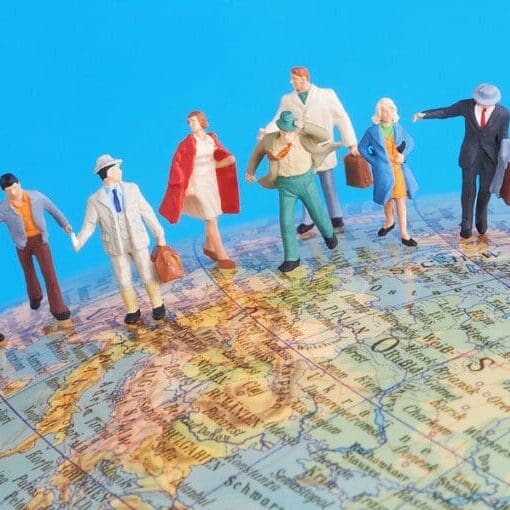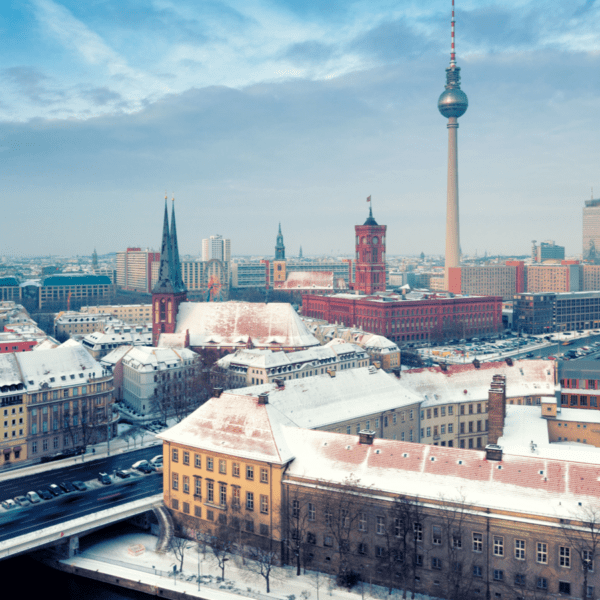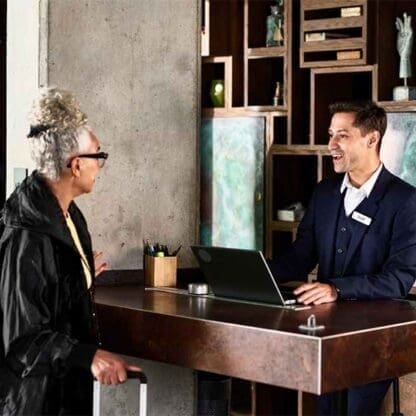The COVID-19 pandemic is changing the globe, including how we travel. Be prepared for the new normal when it comes to airline travel, by checking out the expected changes listed below.
 We are facing an unprecedented time for travel, with the largest set of restrictions and protocols being put in place since 9/11. How is the coronavirus affecting travel? New requirements to prevent and lower transmission of the virus through PPE and social distancing are going into effect for airports and airlines in an attempt to get more planes off the ground and get travelers flying to vacation and business destinations again. So what are some of the things you can expect to encounter under the new normal of airline travel? While protocols will likely vary from airline to airline, some of the changes you may expect include:
We are facing an unprecedented time for travel, with the largest set of restrictions and protocols being put in place since 9/11. How is the coronavirus affecting travel? New requirements to prevent and lower transmission of the virus through PPE and social distancing are going into effect for airports and airlines in an attempt to get more planes off the ground and get travelers flying to vacation and business destinations again. So what are some of the things you can expect to encounter under the new normal of airline travel? While protocols will likely vary from airline to airline, some of the changes you may expect include:
Fewer seats filled on flights
Even as states begin to open up, social distancing will remain until a vaccine is approved of a new treatment for the virus comes out. This means that the close quarters of an airplane will not be able to be full, as social distancing would be impossible to maintain. While you will likely not see a six feet distance between passengers, you can expect to find the flight only 50 to 60% full. While at first, this may seem like a plus, as you will likely have more room for your luggage and yourself, eventually it could translate into a higher price for flights as airlines will need to make up the difference for the lost seats in order to cover the costs of fuel, etc.
Some airlines are considering a different route, booking flights as normal, but allowing passengers to purchase the option to keep more social distance. These more room options will often come with additional costs and can include guarantees that you will have a seat in a row where the middle seat is not occupied.
A reduction of touchpoints
When you think about it, there are a number of areas in the airport that require physical contact from baggage check-in to security points. These areas will likely be completely redesigned to eliminate contact as much as possible and maintain distance as well. Many airports are leaning towards self-drop offs for baggage and self-check-ins. You may also find small changes such as scanning your ID on your own instead of handing it to a TSA agent. When it comes to security, you will likely see longer lines to enforce social distance, and checkpoints could take significantly longer as you will need to separate more out of your carry-ons, so that bag searches are less necessary.
The elimination of comfort features
Power travelers often find themselves spending a lot of time waiting in various airport terminals. These frequent flyers would often pass the time at frequent flyer lounges, bars, and restaurants. While you will likely be able to enjoy food at the airport while following social distancing protocols, areas provided by the airport for convenience such as play areas and mile members lounges will likely be closed to limit social contact.
An abundance of PPE
Since the nature of airports and airplanes, provide for limited space for travelers, you can expect to find all of the employees equipped with protective gear and will likely be expected to wear PPE yourself, throughout the airport and on the plane. This means wearing a mask throughout your travels, and possibly wearing gloves. These requirements will extend to children too, and be prepared to provide information if you have a condition that makes wearing a mask difficult for you. Other protective equipment will include plexiglass barriers where staff are required to have contact with travelers. In addition to PPE, you can expect to have your temperature checked at various points throughout the airport.
Disinfection will lengthen the time you spend in the airport or waiting for a plane
One thing that all airports and airlines will see with upcoming travel is an increase in disinfection processes. This can lead to longer times between deboarding and boarding, as well as a longer time traveling through the airport. In many cases, the process that used to take around two hours may be increased to up to four. Planes will need to be thoroughly disinfected and sanitized in between groups of passengers, and your luggage will likely have to go through some form of sanitization process before it is allowed to be put on the plane. Some airports may even feature sanitization tunnels for luggage and possibly passengers.
You will likely need more than a passport
When traveling out of the country, a passport may not simply cut it anymore. First off, if you are traveling for business, you are likely to have to produce proof that the business travel is essential, especially if you are traveling to an area determined to be a hotspot. In addition to this, returning form areas that have a higher infection rate may mean that you will be required to possess a certificate of immunity, which will state that you have received the vaccine for the coronavirus.
Immigration will be lengthier than before
Some of the countries where they feel they have begun to get a handle on their outbreaks will be more worried about bringing new infections in from other countries. In some countries, there is currently a two-week isolation requirement for all travelers coming into the country even if they receive a negative result for their COVID-19 test. If you do not have a residence when you arrive, this could mean being sent to an isolation ward. In other countries, you will likely need to pass through heat sensors to check for fever and possibly submit to a COVID-19 rapid swab test.
You will see a change in carry-on packing
Packing your carry-on will be different than it was in the past. Due to the need to reduce the amount of bag searches, you may be restricted to the size of the carry-on you bring and what you can pack in it. Additionally, you may see relaxation on the liquid requirements when it comes to sanitizers, with many airports allowing larger containers for this, so that passengers can maintain disinfection and also have what they need to sanitize their personal area.
Flight insurance may become the norm
You have likely seen the box when booking your airfare as to whether or not you would like to insure your trip. Traditionally insurance didn’t cover situations such as a pandemic, but this is changing with many airlines now offering reimbursement if travel is canceled for any reason, for an additional charge. While at the beginning of the pandemic, many companies offered credits to passengers, now that the threat of the virus is known, you will likely be required to have the insurance to cancel your flight and be reimbursed. Checking this box is definitely a good idea as experts believe that lockdowns may happen on and off until the virus becomes completely under control.
There is no doubt that travel as we know it is going to see some significant changes in response to the recent pandemic, and those changes are likely to stay in effect for a significant amount of time. By knowing what to expect, you can better plan your travels so they go as smoothly as possible. Before traveling, be sure to check the regulations and policies with the airline you are using as well as any airports you will be passing through.
This article was first published on EHL Insights.



















